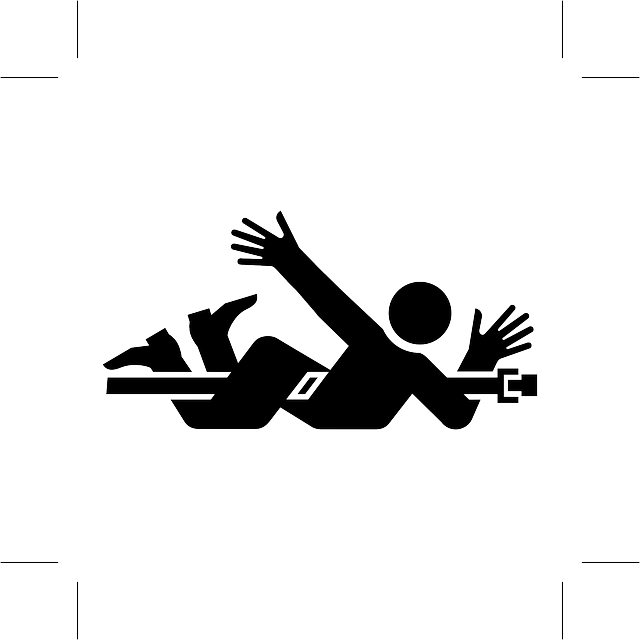Product liability wrongful death cases arise when defective products cause fatal injuries, holding manufacturers, distributors, and retailers accountable. Family members can seek compensation for medical expenses, pain & suffering, and damages. Class action lawsuits are a key component, offering efficient legal avenues with substantial settlements or judgments against pharmaceutical companies and medical device manufacturers. These suits distribute legal fees and ensure fair compensation while setting product safety standards to prevent future tragedies. Complex cases involve proving breaches of fiduciary duty and negotiating monetary damages or changes in product design & manufacturing practices.
“Product liability wrongful death cases have far-reaching consequences, often leading to significant class action lawsuits. When defective products cause harm resulting in fatalities, affected families seek justice. This article delves into the intricate world of product liability law, focusing on wrongful death claims and their potential as class actions. We explore how these legal battles unfold, highlighting the complexities, strategies, and outcomes. Understanding these cases is crucial for both victims’ rights and businesses striving to maintain safety standards.”
- Understanding Product Liability Wrongful Death Cases
- The Role of Class Actions in Product Liability Lawsuits
- Navigating the Complexities and Potential Outcomes
Understanding Product Liability Wrongful Death Cases

Product liability wrongful death cases arise when an individual passes away due to injuries sustained from a defective product. These legal actions are brought against manufacturers, distributors, or retailers who negligently produce, market, or sell products that pose an unreasonable risk of harm to consumers. In such cases, family members or beneficiaries can seek compensation for their loss, including medical expenses, wrongful death damages, and pain and suffering.
Understanding the underlying principles of product liability is crucial. This includes recognizing the concept of defective products, where a manufacturer’s failure to meet the required safety standards results in harm. Additionally, caregiver abuse cases may also fall under product liability if a caregiver relies on a product’s representations or warranties and suffers subsequent injuries due to its misuse or defects. Breaches of fiduciary duty can also play a role, especially when there’s a legal obligation to ensure consumer safety, such as in the case of pharmaceutical companies or medical device manufacturers.
The Role of Class Actions in Product Liability Lawsuits

Class actions play a significant role in product liability lawsuits involving wrongful death. When a defective product causes harm to numerous individuals, class action suits emerge as a powerful tool for justice and accountability. These cases aggregate claims from multiple victims, providing a more efficient and accessible legal pathway for affected consumers. By consolidating these disputes, class actions can lead to substantial monetary settlements or judgments that not only compensate survivors but also deter future safety lapses by manufacturers.
Unlike individual lawsuits, which may be cost-prohibitive and time-consuming for each claimant, class actions distribute legal fees and expenses across the entire group, making legal representation more viable. This collective approach ensures that every victim receives fair compensation for their losses while holding companies accountable for their negligence or intentional misconduct. The impact extends beyond monetary reparations; successful class actions often set precedents that shape future product safety standards and protect consumers from similar tragedies.
Navigating the Complexities and Potential Outcomes

Navigating the complexities of product liability wrongful death cases often involves a web of legal intricacies. When these cases escalate into class actions, the challenges intensify. Plaintiffs must demonstrate a breach of fiduciary duty by the manufacturer or supplier, which can be a complex task. This involves proving negligence, intent, or a reckless disregard for consumer safety, especially in cases like truck accidents or nursing home abuse where liability may be shared among multiple parties.
Potential outcomes range from substantial monetary damages to changes in manufacturing practices and product design. Class actions offer affected consumers a collective voice and the opportunity to hold accountable those responsible for defective products that lead to severe injuries or loss of life. The complexity lies in gathering evidence, coordinating legal strategies, and ensuring that all members of the class receive fair compensation or necessary remedies.
Product liability wrongful death cases, often leading to class actions, highlight the interconnectedness of consumer safety, legal recourse, and corporate accountability. By understanding the dynamics of these complex scenarios, individuals affected by such tragedies can navigate the legal landscape more effectively. Class actions play a pivotal role in amplifying voices, seeking justice, and driving necessary changes in product safety standards. Remember that each case is unique, and the potential outcomes range from substantial settlements to legal precedents that shape future product liability laws.






